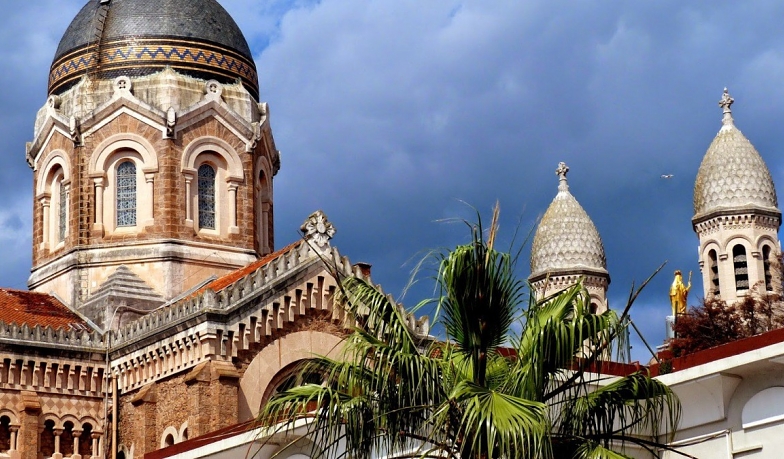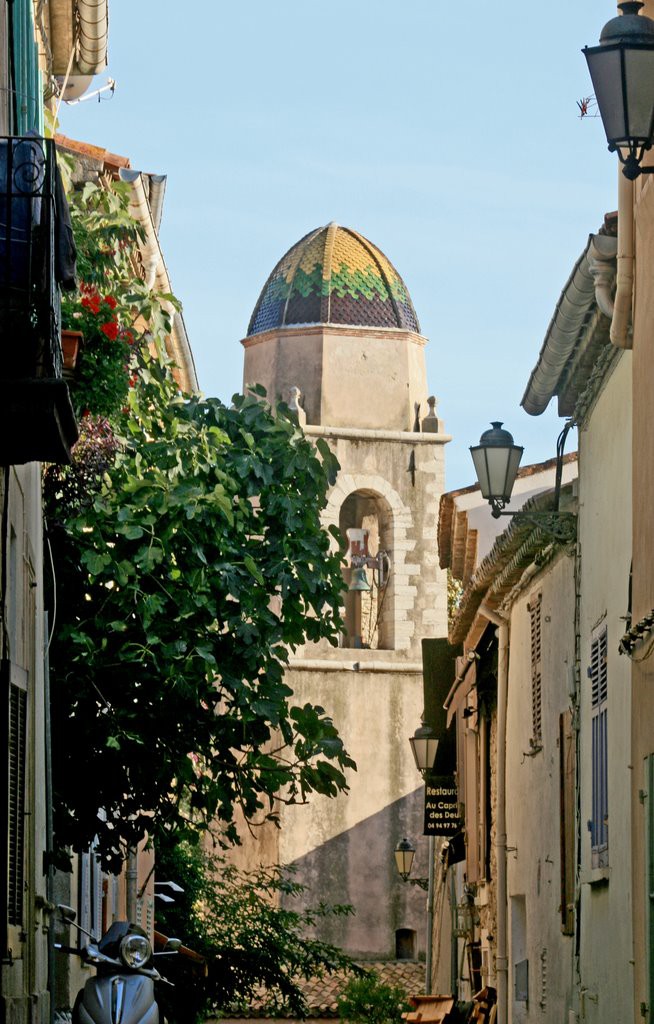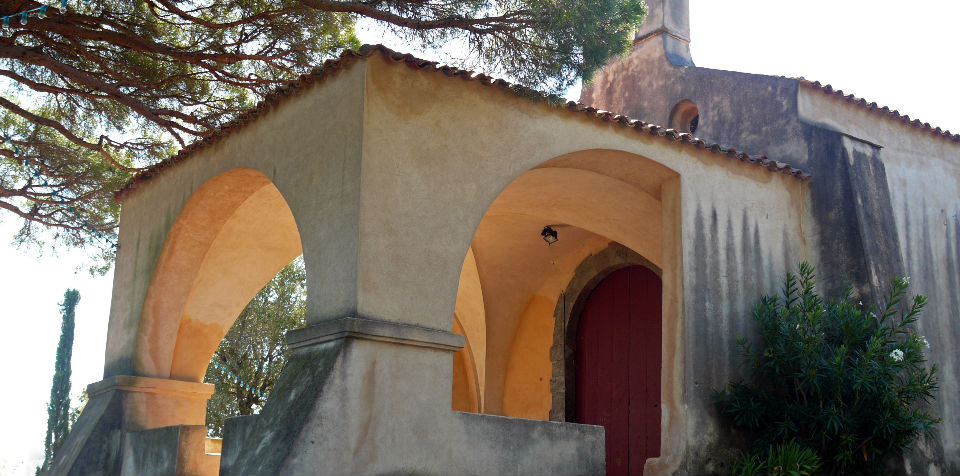The Basilica of Our Lady of Victory (Notre Dame de la Victoire) is a splendid religious edifice, which was built on Saint-Raphaël at the end of the 19th century. The project of Mayor Félix Martin then in office was to make the city attractive for tourism and more pleasant for its inhabitants to live in. On the request of Abbé Bernard, the project was entrusted to the architect Pierre Aublé who was inspired by the church of Saint Sophia in Istanbul. Its inauguration took place in 1887, on the day when the famous maritime battle of Lepangto was celebrated in 1571.
Its elevation to the rank of minor basilica was done on May 16, 2004, attesting to the affixation on its main facade of its coat of arms to the pontifical arms. A title emphasizing its privileged connection with the Holy See, which entitles it to benefit from the Plenary Indulgence, on conditions set by the Church six times during the year. Its mixture of Byzantine style is influenced by Moorish style, judiciously mixed up with a Turkish concept. Built in pink Estelle sandstone, it extends over a surface of 950 m2. Its highest point is 35 meters high and its facade is adorned with a statue of the archangel Raphael, Holy protector of the city.
The Chapel of Mercy (la Chapelle de la Miséricorde), was built in the 17th century in the former district of the families of sailors. Built to include a new hospital the monument belongs to the village itself. Its works started in 1635 and its construction was completed only a year later. The mission of the Chapel of the Brotherhood of Black Penitents was to help the sick by visiting them, to also transport the dead and participate in the processions. Its exceptional asset is its serpentine stone door, pulled from a quarry located between Cavalaire-sur-Mer and Croix-Val-mer as well as its bell tower with a glass dome.
The feast of the Black Penitents took place on the day of the Candlemas, starting in the year 1656, when the statues of St. Victor and St. Vincent were brought out only for the occasion. Their gaze was directed in the opposite direction so the inhabitants pointed out that « One looks to port and the other to starboard. » The Parish Church was almost destroyed so it wasn’t until 1776 that the Chapel was used for church services, a decision that was very badly accepted by the Black Penitents. When it was purchased by some private individuals in 1808, the sole purpose was to restore its religious purpose by March 24, 1818. The Black Penitents then had it entirely at their disposal until they were dissolved around 1854. The restoration of the Chapel, inaugurated on December 15, 1997 has since ever allowed it to serve as a venue for concerts and exhibitions.
The chapel of Sainte-Anne for its part holds its originality to have one foot on Saint-Tropez and the other on Ramatuelle. It is said to have been built around 1618 to thank heavens for having protected the inhabitants of the city from plague epidemics that were frequent at that time. Its construction lasted for more than 10 years and was then dedicated to the patron saint of sailors and all the abandoned people.
It is open to the public only on a few days during the year: On May 18th for the Bravade, On July 26th to celebrate Saint Anne and On August 15th which is Assumption Day. It usually accommodates ex-votos, dedicated to the history of the Tropezien sailors. It is a wonderful site to discover due to its exceptional vantage points both on the cove of Pampelonne and on the Bay of St-Tropez. A place for strolls and contemplation, conducive for meditation as well as celebrations.



